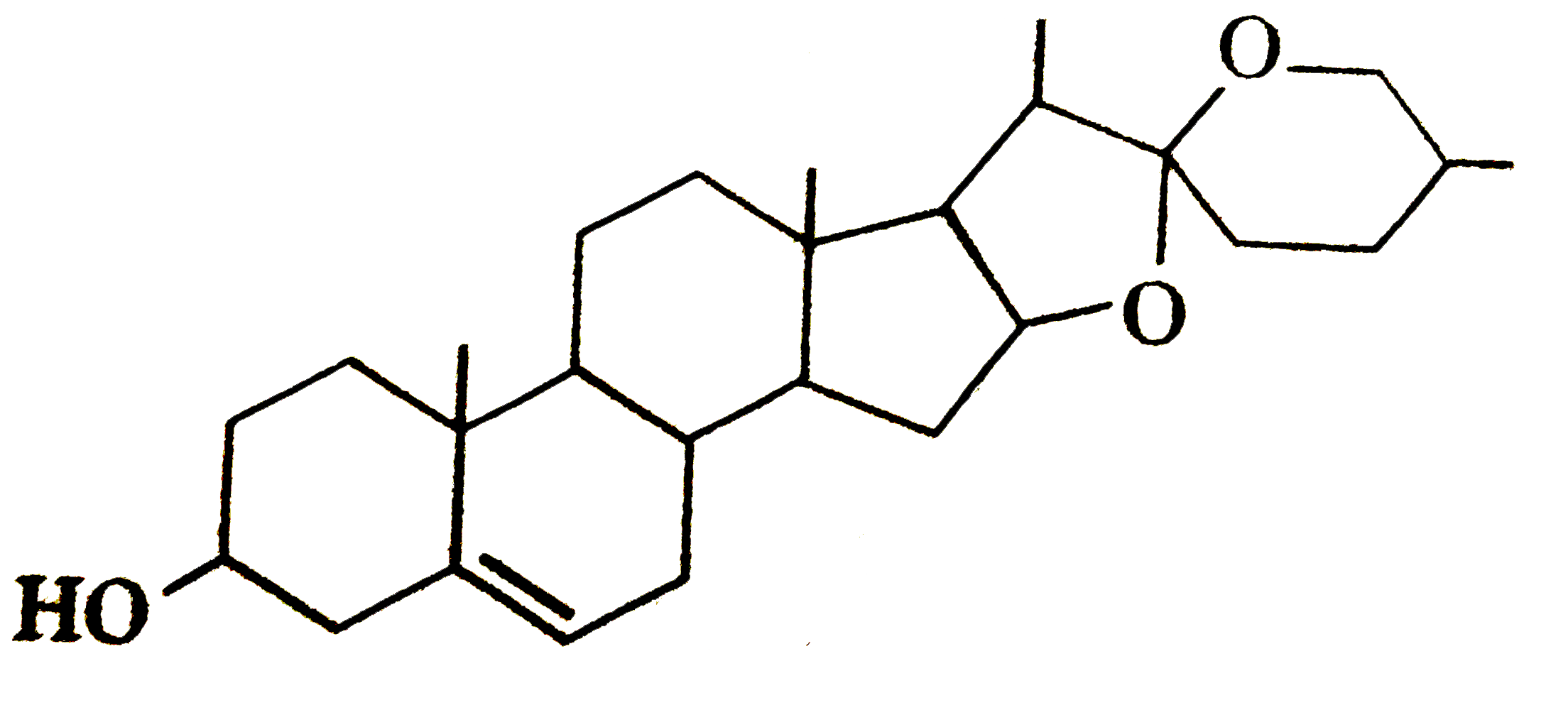Number of chiral carbon in dipeptide Ile-arg-pro
To determine the number of chiral carbons in the dipeptide formed by isoleucine (Ile), arginine (Arg), and proline (Pro), we will follow these steps:
Step 1: Identify the Structures of the Amino Acids
1. Isoleucine (Ile): The structure of isoleucine has the following components:
- An amino group (-NH2)
- A carboxylic acid group (-COOH)
- A side chain that is a branched alkyl group.
2. Arginine (Arg): The structure of arginine includes:
- An amino group (-NH2)
- A carboxylic acid group (-COOH)
- A long side chain with a guanidinium group.
3. Proline (Pro): The structure of proline is unique as it contains:
- A cyclic structure where the amino group is part of the ring.
- A carboxylic acid group (-COOH).
Step 2: Combine the Amino Acids to Form the Dipeptide
- The dipeptide will be formed by linking isoleucine to arginine and then arginine to proline through peptide bonds.
- The general structure will start with the N-terminal (amino group of isoleucine) and end with the C-terminal (carboxylic acid of proline).
Step 3: Analyze the Structure for Chiral Carbons
- A chiral carbon is defined as a carbon atom that is attached to four different groups.
1. Isoleucine:
- The carbon in the side chain of isoleucine is chiral because it is attached to four different groups (the amino group, the carboxylic group, the side chain, and a hydrogen atom).
2. Arginine:
- The carbon in the side chain of arginine that connects to the guanidinium group is also chiral.
3. Proline:
- The carbon in the cyclic structure of proline is chiral as it is attached to four different groups (the amino group in the ring, the carboxylic group, the side chain, and a hydrogen atom).
Step 4: Count the Chiral Carbons
- After analyzing the structures:
- Isoleucine contributes 1 chiral carbon.
- Arginine contributes 1 chiral carbon.
- Proline contributes 1 chiral carbon.
- In total, we find that there are 3 chiral carbons in the dipeptide formed by isoleucine, arginine, and proline.
Final Answer
The number of chiral carbons in the dipeptide Ile-Arg-Pro is 3.
---
1. Isoleucine (Ile): The structure of isoleucine has the following components:
- An amino group (-NH2)
- A carboxylic acid group (-COOH)
- A side chain that is a branched alkyl group.
- An amino group (-NH2)
- A carboxylic acid group (-COOH)
- A long side chain with a guanidinium group.
- A cyclic structure where the amino group is part of the ring.
- A carboxylic acid group (-COOH).
- The dipeptide will be formed by linking isoleucine to arginine and then arginine to proline through peptide bonds.
- The general structure will start with the N-terminal (amino group of isoleucine) and end with the C-terminal (carboxylic acid of proline).
- A chiral carbon is defined as a carbon atom that is attached to four different groups.
- The carbon in the side chain of isoleucine is chiral because it is attached to four different groups (the amino group, the carboxylic group, the side chain, and a hydrogen atom).
- The carbon in the side chain of arginine that connects to the guanidinium group is also chiral.
- The carbon in the cyclic structure of proline is chiral as it is attached to four different groups (the amino group in the ring, the carboxylic group, the side chain, and a hydrogen atom).
- After analyzing the structures:
- Isoleucine contributes 1 chiral carbon.
- Arginine contributes 1 chiral carbon.
- Proline contributes 1 chiral carbon.
- In total, we find that there are 3 chiral carbons in the dipeptide formed by isoleucine, arginine, and proline.
The number of chiral carbons in the dipeptide Ile-Arg-Pro is 3.
Similar Questions
Knowledge Check
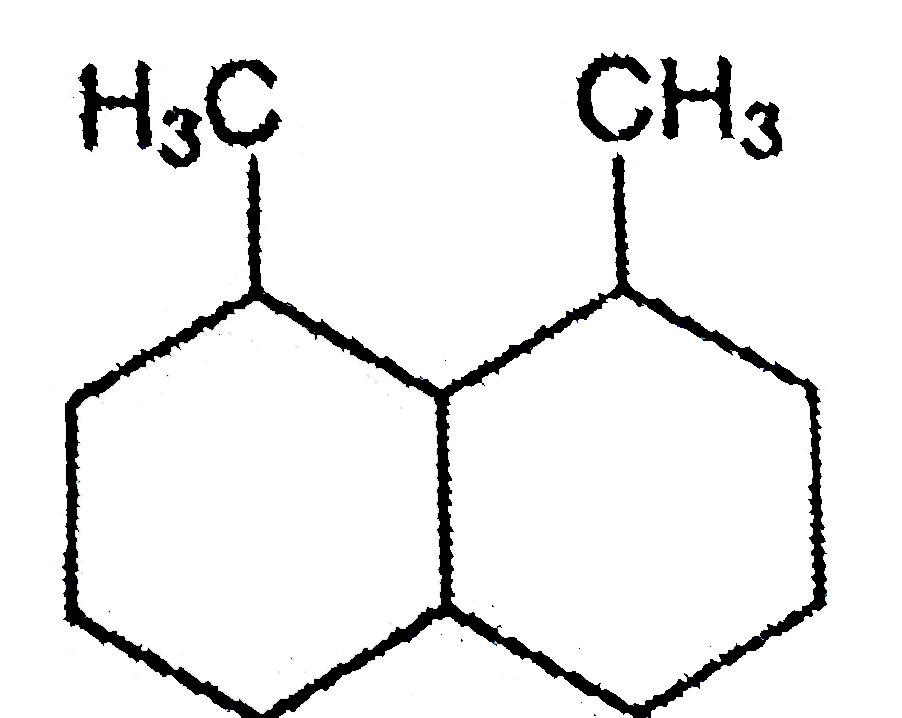
Number of chiral centres inA1B2C3D4Number of chiral carbon atoms is
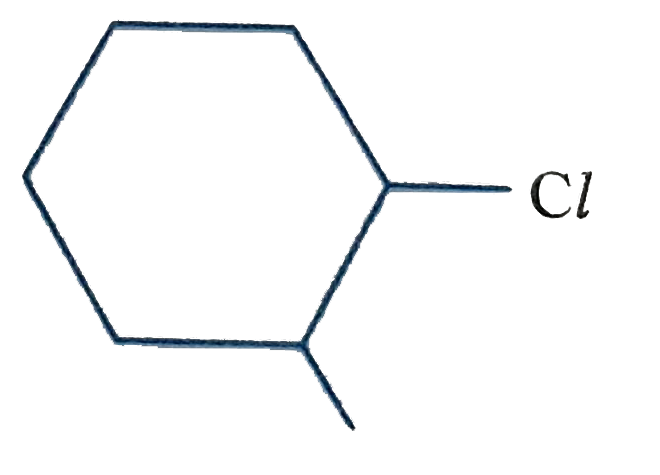 isA2B3C4D1
isA2B3C4D1The number of chiral carbons in β−D(+)− glucose is:
AfiveBsixCthreeDfour
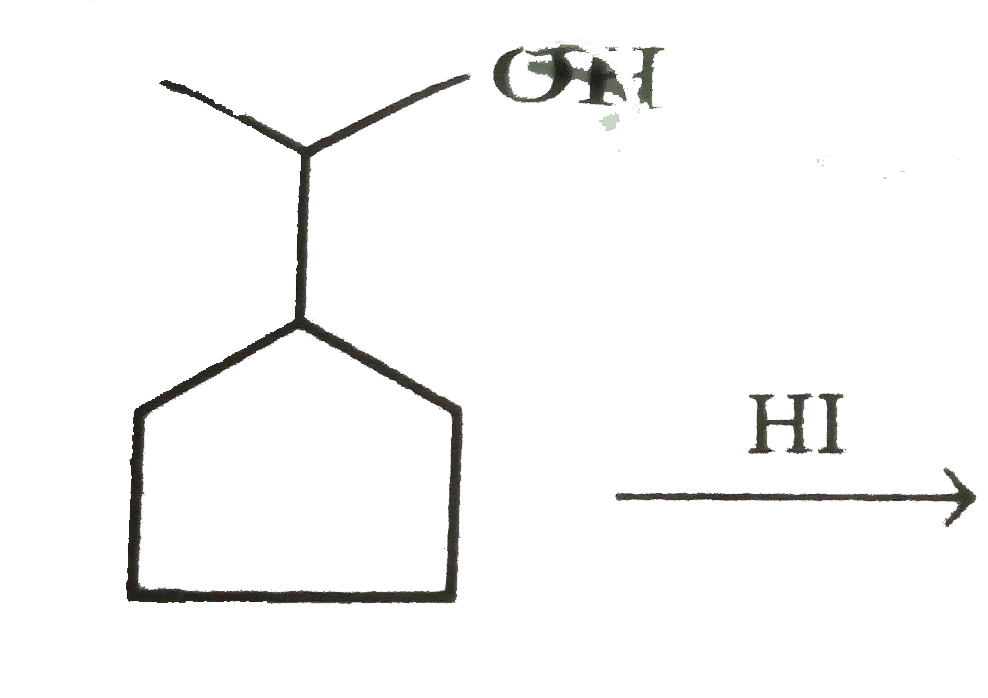
Number of chiral carbon formed in the major product.
View SolutionNo of chiral carbon in compound B

View SolutionNumber of chiral carbon atoms in β−D−glucose is
View SolutionNumber of chiral carbons in Frischer projection of D-Fructose in which are OH groups are in RHS are _________.
View SolutionIdentify umber of chiral carbons in the following compounds
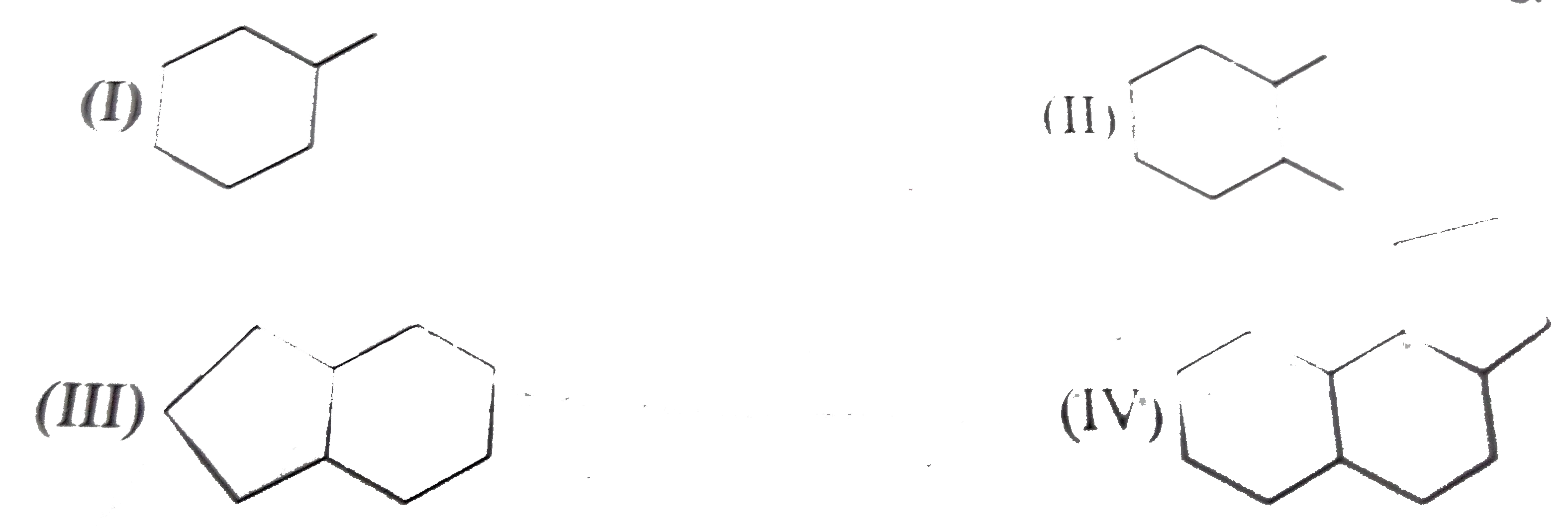
View Solution

